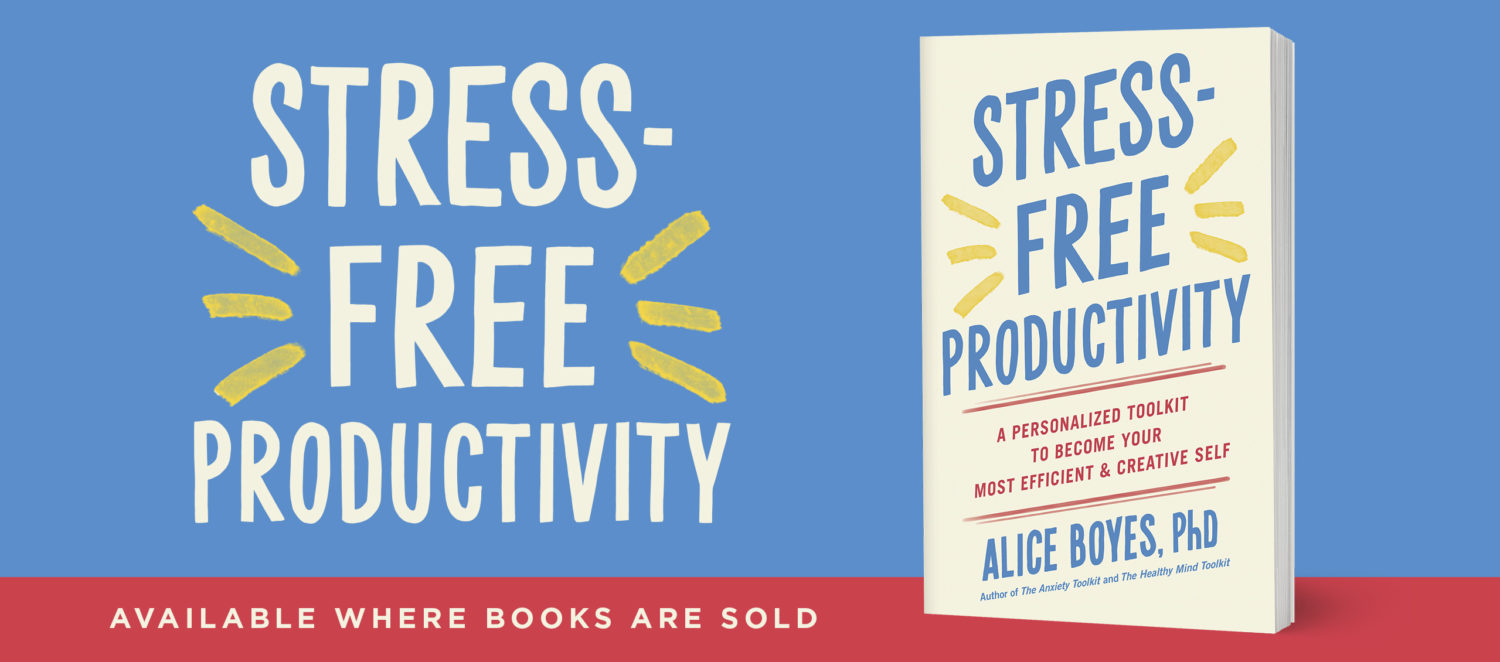Happiness
My favorite conceptualization of happiness is that it’s the combination of
1. The extent to which you feel positive emotions in your life, and
2. Your sense of whether your actions are moving you in your “valued life directions” (vs. the time you spend doing things that aren’t consistent with your valued life directions).
Valued life directions are the things you want for yourself, or ways you want to contribute to the world or the other people in your life.
Think about how you spend your time.
To be happy, it’s important that the activities you do regularly (what you spend your time doing: your regular activities, routines, patterns) provide you with either positive emotions or are consistent with your valued life directions.
Even though it might not seem like it on the surface, lots of the mundane tasks people do are consistent with their valued life directions.
For example, washing and ironing clothes = caring for yourself and your family.
Think about the major activities in your life. A good place to start is examining the activities you do most days for longer than 15 minutes, or things you do for longer than 2 hours per week in total (e.g., something you do once a week for 2 hours).
Step 1: List these activities.
Step 2: Next to each activity, list the positive emotions doing that activity generates for you (e.g., joy, serenity, hope, pride, inspiration, awe, gratitude, interest, excitement, amusement, comfort, and love).
Step 3: For each activity list the ways in which the activity is consistent with your valued life directions.
The same activity might have multiple functions. Watching the news (or reading it online) is an excellent example. Some of the reasons people watch the news include:
– To feel connected to their community [valued life direction].
– To have a sense of being a “good world citizen” [valued life direction] because they stay informed about what’s going on in the world.
– In case something self-relevant is mentioned that’s important to act on (e.g., learning that people are being recommend to get a new vaccine).
– An opportunity to sit down and relax at the end of the day [relaxation = positive emotion].
– It’s a habit and habitual routines are (generally) comforting [comfort = positive emotion].
– In the case of reading news online at work – to settle into work at the beginning of the day or to take a break from work when a break is needed.
– For entertainment [interest or amusement = positive emotion].
Step 4: Based on your analysis, which of your regular activities do you feel satisfied with? Which of your activities provide you with enough positive emotion and/or sense of moving in valued life directions that doing that activity in the way you’re doing it now is how you want to use your time? Those will be the activities you do that give you the greatest sense of fulfillment.
You might notice there are some activities you used to feel satisfied with, that have become less satisfying. There might not be anything wrong with the activity per se but you need to introduce some novelty and variety.
Step 5: For activities that don’t seem to be rewarding enough for the time you spend doing them, pick the activity you’re most motivated to change and think about alternatives.
I’ll explain using the example of watching the news again.
Imagine a person who is dissatisfied with the time they spend watching the news.
Valued life directions: If their reason for watching the news is to feel connected to their community or to feel like they’re a good world citizen, doing this happiness analysis might lead the person to think that there are better ways to achieve those things that would provide them with a greater sense of moving in their valued life directions.
They should ask themselves – “What alternative activities would provide me with more of a sense of being a good world citizen and/or feeling connected to my community?”
Positive emotions: Alternatively, if the person’s reasons for watching the news are as a way of relaxing or taking some time out, might there be ways of doing that which provide a greater sense of relaxation and calm, or a more fun distraction from work.
When thinking about alternative activities, try to think of activities that don’t take substantially more effort than the existing activity.
Step 6: Try out one of your ideas for an alternative activity.



